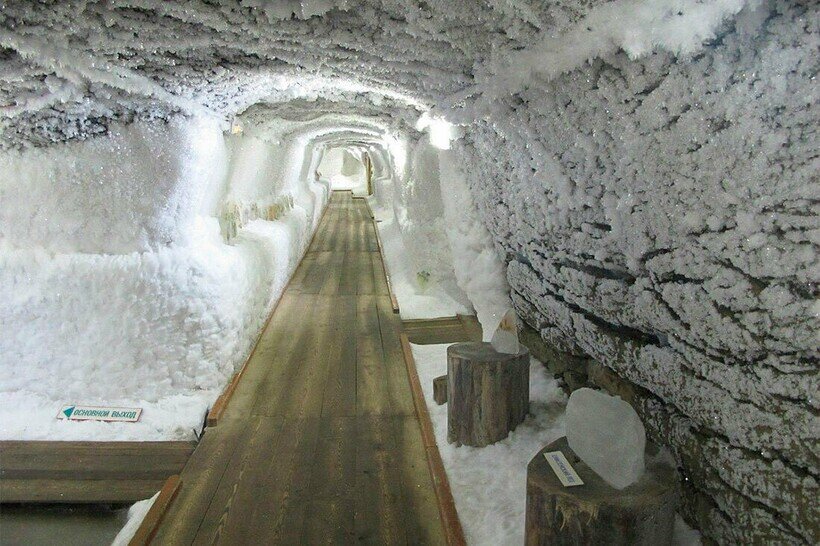Страна:
Регион:
Другие названия:
Значение:
Время визита:
Почему Топ:
Подземные тоннели в вечной мерзлоте, температура круглый год −5 °C.
Описание:
In 1930, a scientific laboratory was opened in Igarka, and in 1931, the Igarka Scientific Research Permafrost Station (INIMS) of the Permafrost Institute of the Siberian Branch of the USSR Academy of Sciences was opened. It has survived in Igarka to this day, although it was renamed the Igarka Geocryological Laboratory.
The INIMS underground laboratory was developed for the purpose of studying permafrost soils. In order to study their physical and mechanical properties and the bearing capacity of soils, a constant negative temperature was needed for a number of years. For this purpose, an underground working was created, where instruments were installed and scientific experiments and observations were carried out.
Along with conducting long-term experiments, research staff were engaged in disseminating knowledge about the permafrost soils on which the city was built, and about the need for the population of Igarka to treat them with care.
In 1965, a permafrost museum was created in one of the underground chambers. The idea of creating such a museum was expressed by Mikhail Ivanovich Sumgin, the founder of Soviet permafrost science, the author of numerous scientific works, the first textbook for students of the permafrost department of Moscow State University, and the head of the Commission (later the Committee) on permafrost at the USSR Academy of Sciences. For the first time in his work “Permafrost of Soil within the USSR,” he summarized information on the distribution and causes of permafrost, and defined the tasks of permafrost science as an independent science. In the same work, he put forward the idea of creating a museum in permafrost designed to last for centuries. Sumgin always believed that only an underground museum in permafrost could preserve existing forms of animals and plants for centuries.
Категории:
Интерес:
Физподготовка:
Лучшее время:
Доступ:
Roads:
Emergency:
112
Safety:
Safely
Clothing:
Seasonable
Connection:
Ok
Resources:

